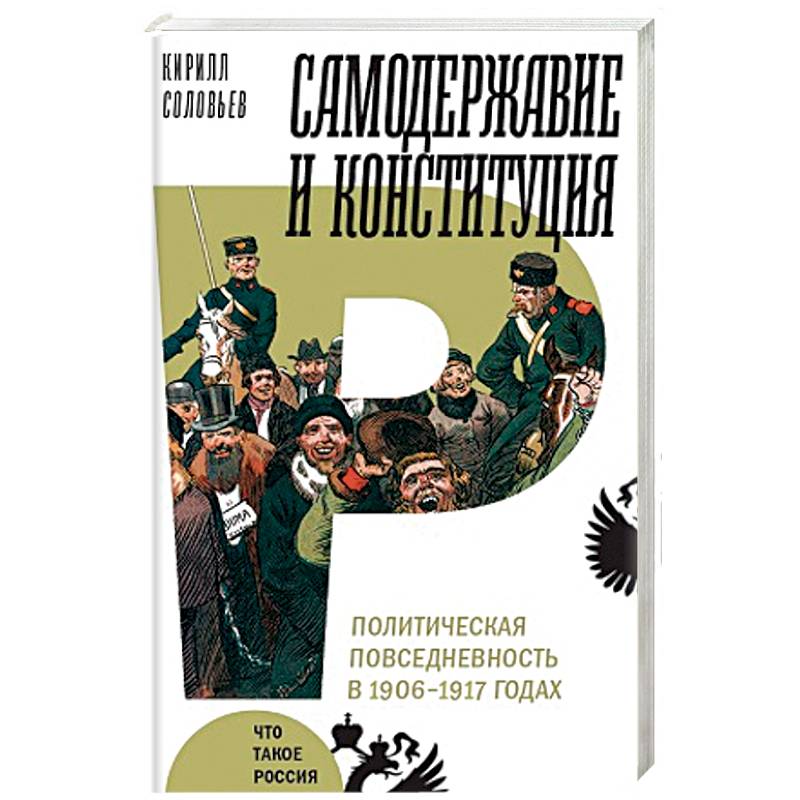Autocracy and the constitution. Political everyday life in 1906-1917
Please sign in so that we can notify you about a reply
On April 23, 1906, the highest decision was given "Constitution. The State Duma earned, which back in 1809 proposed to establish the reformer Mikhail Speransky. It is generally accepted that in connection with the events of the first Russian revolution, the autocracy went to a tactical concession to society, that Russia received only the shadow of the constitution, and the thought did not become a real parliament. Is it so? Was all surrounded by the tsar considered representative institutions with a pure button? Why did P. A. Stolypin regularly played in front of the Duma deputies and discussed reform projects with them? Why in none of the compositions of the Duma there was a majority who performed in support of the government? The new book of Kirill Solovyov shows how the political system of the Russian Empire worked between the two revolutions, what were the individual achievements of new political institutions, as well as their many vulnerable places, which largely led to the political crisis of 1915-1917. Kirill Soloviev is a doctor of historical sciences, chief researcher at the Institute of Russian History of the Russian Academy of Sciences. The author of more than four hundred scientific publications, including five monographs on the political history of Russia
Author:
Author:Kirill Soloviev Alekseevich
Cover:
Cover:Hard
Category:
- Category:Biographies & Memoirs
- Category:Politics & Social Science
Publication language:
Publication Language:Russian
Paper:
Paper:Offset
Series:
Series: What is Russia
ISBN:
ISBN:978-5-4448-0975-4
No reviews found
